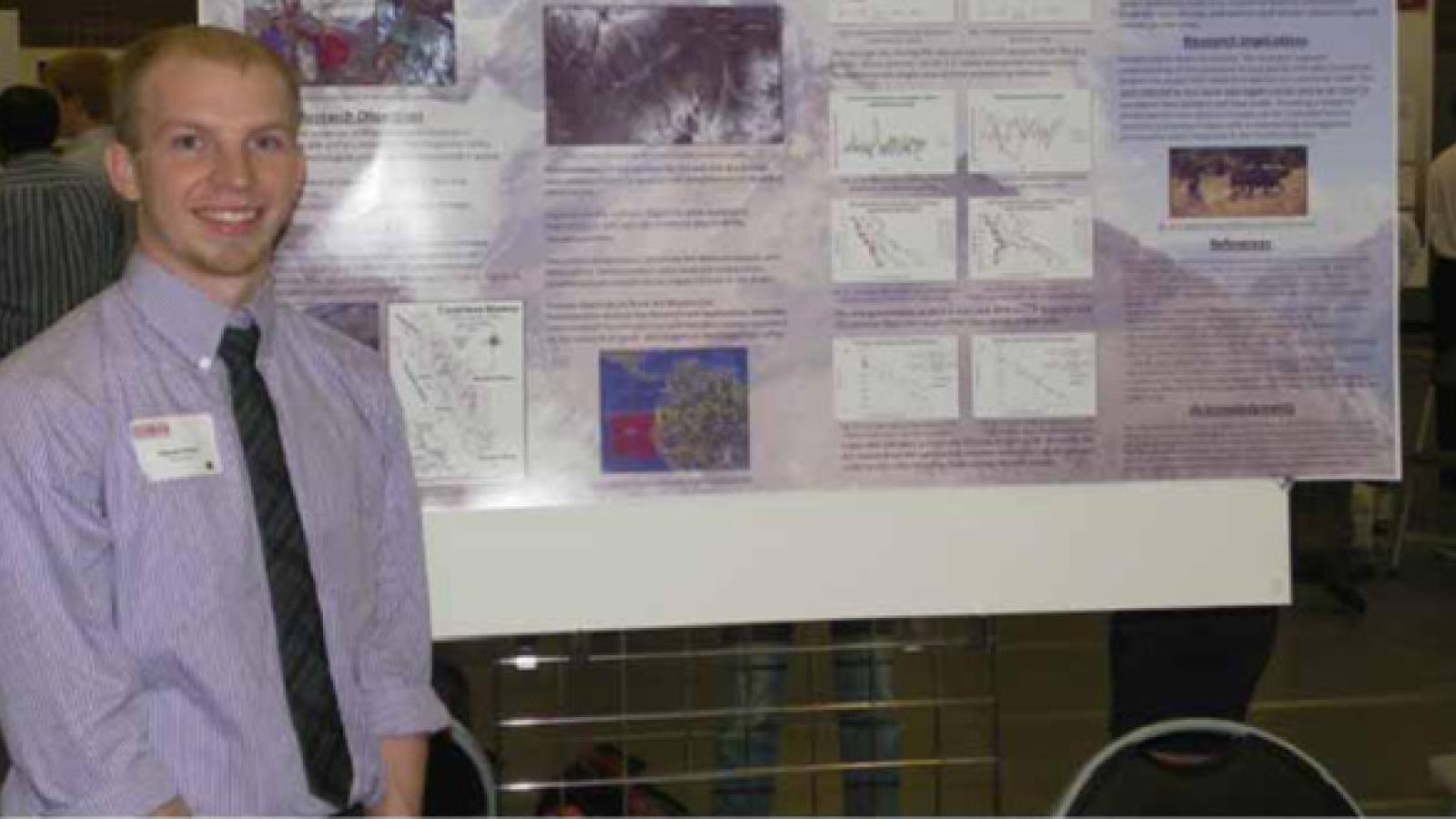Evaluation of Local Climate Variability in the Cordillera Blanca
Presenter: Shawn Stone World Economy & Business
Advisor: Prof. Bryan Mark, Earth Science
Rapid environmental change in the tropical Andes may have significant impacts on glacial melt rates, and thus the people in the Peruvian highland regions that rely on the glaciers as a means to regulate the water supply. We analyzed a high-resolution (i.e. hourly) archive of spatially distributed climate observations from the Cordillera Blanca (8-10ºS) between July 2006 and July 2010. These observations were collected by using a network of Lascar Data Loggers. The network consists of nine lascars arranged throughout the Llanganuco valley. The lascars range from 3458 to 4775 meters above sea level. Analyses of the fouryear data set were conducted on three temporal scales: diurnal, seasonal, and inter-annual. Altitudinal variability was also considered. Data processing was comprised of five levels of analyses: (1) steps taken to consolidate and give confidence to the collected data; (2) a review of diurnal variability and trends; (3) a review of seasonal variability; (4) a review of inter-annual variability and trends; and (5) an evaluation of trends across elevation gradients. The evaluation of diurnal and elevational patterns between seasons was conducted in a similar fashion. This data can be used as an input to our glacier mass balance and flow model where the finer spatial resolution on important hydroclimatic inputs will allow better evaluation of how local topographic influence can modify regional climatic signals.
Providing a model to predict glacial mass balance changes can be a valuable tool for scientists and policymakers alike in determining management practices for water resources in the Cordillera Blanca.

